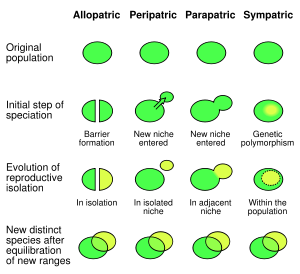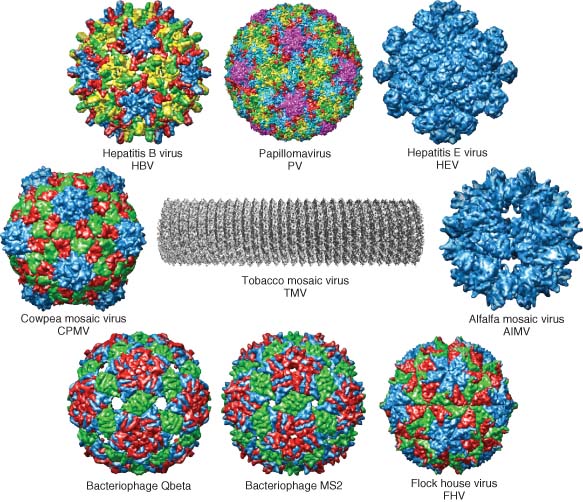Although it is an extremely complex system, knowledge of it may allow us to develop certain preventative strategies alongside new treatments and therapies. That is why being able to study viral pathogenesis is important and why some may welcome a recently published paper reporting initial data (possible cell tropism and host immune response) from a mouse model of infection with xenotropic murine leukemia-related virus (XMRV), a possible novel human pathogen (and a close relation of natural mouse retroviruses).
[caption id="" align="aligncenter" width="258" caption="Mus musculus - relative of Mus pahari. Just incase you forgot what a mouse looked like."]
 [/caption]
[/caption]Originally identified in a number of human prostate tumour samples, XMRV has since had a conflicting scientific history (covered much better elsewhere), with some studies showing a link between infection and chronic fatigue syndrome (CFS) and prostate cancer. Others since have failed to detect such a link. Despite this, knowledge of how this virus could potentially interact with the human body would of course be useful to acquire.
This understanding has been blocked somewhat by the lack of a small-animal model – a cheap, easier and more ethical alternative to non-human primate studies and of course easier to study than humans. XMRV just does not infect normal lab mice (Mus musculus) and thus pathogenesis in this host does not occur and if pathogenesis doesn’t occur, we can’t study pathogenesis. This species of mouse doesn’t express the receptor that XMRV utilizes to gain entry into cells. Sakuma et al have therefore used Mus pahari, a wild asian relative which does express the receptor for XMRV and thus may tell us something about XMRV pathogenesis.
The group showed that XMRV was able to successfully infect M. pahari cells in vitro and also was able to infect M. pahari following injection of the virus into whole-animals. Following infection, they were able to screen mouse cells and tissues (such as blood) for the telltale signs of XMRV infection over 12 weeks; XMRV being a retrovirus, integrates a DNA copy of its RNA genome into host cells and PCR detection of this integration may allow us to infer XMRV infection. They also investigated the possible role of infectious virus being present in the animal and the of XMRV replication on host cell functioning.
Detection of XMRV DNA in particular tissues may allow us to infer how infection proceeds within the host and how it causes disease. Viral sequences were detected in blood cells, heart, spleen, brain, testis and prostate tissues, although detection was highly variable between mice and a clear picture of infection didn’t really emerge over any of the time periods. The group focused on the effect of XMRV on lymphocytic cell functioning (possibly a good place to start giving its apparent involvement in CFS, an immunological disorder): CD4+ T helper cells and CD19+ B cells being targeted within the spleen. Over all, in some of the mice, increased total white-blood cell numbers was observed early in infection indicating a possible deregulation of lymphocyte development, although this was by no means common and only slight.
The role of both mouse adaptive and innate immunity was also assessed and interestingly, the mice generated a robust antibody response to XMRV antigens yet no long-term studies were involved to see how the virus adapted. Viral genome sequences found within blood and spleen tissues were sequenced and those from the spleen only, displayed predominant G-to-A hypermutation possibly indicative of intra-tissue restriction of viral replication. Host-mediated mutation of viral genomes will therefore more likely result in highly defective viral sequences and possibly prevent future viral infections; one example is that of APOBEC3-like enzymatic reactions.
Of course, these data are rather preliminary with optimisation of infection expected to come later, but at the minute, how does this relate to what happens in humans and will this model actually be on any use?
- The development of a permissive small-mammal model of XMRV infection described here will certainly facilitate scientific investigation as it has done for many other viruses although it must be remembered that what happens in a mouse may not happen exactly that way in humans.
- This study, however does appear to shed light on cell tropism of XMRV and possibly its transmission - blood-borne (although this was looked at really).
- The possible deregulation of host lymphocyte development may play a role in the pathologies associated with it in humans. The highly variable pathological outcomes may be due to the relatively less homogenous gene pool of M. pahari rather than anything to do with the virus - although this may be occurring.
- The fact that these mice developed strong antibody responses to this virus may allow the development of vaccine strategies.
But, of course, the importance and relevance of this work will all come down to whether it is or is not a true human pathogen yet we will certainly benefit from this work if it turns out that it is. Expect a lot more from this group if it is.
Sakuma T, Tonne JM, Squillace KA, Ohmine S, Thatava T, Peng KW, Barry MA, & Ikeda Y (2011). Early Events in Retrovirus XMRV Infection of the Wild-Derived Mouse Mus pahari. Journal of virology, 85 (3), 1205-13 PMID: 21084477
Sakuma T, Tonne JM, Squillace KA, Ohmine S, Thatava T, Peng KW, Barry MA, & Ikeda Y (2011). Early Events in Retrovirus XMRV Infection of the Wild-Derived Mouse Mus pahari. Journal of virology, 85 (3), 1205-13 PMID: 21084477

















 [/caption]
[/caption] [/caption]
[/caption] [/caption]
[/caption] [/caption]
[/caption] [/caption]
[/caption]
 [/caption]
[/caption]
